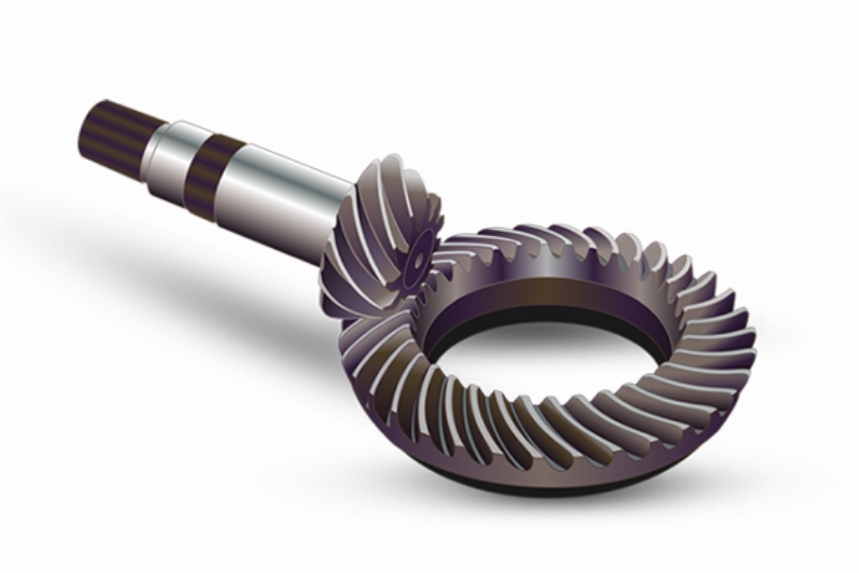
The market trends for spiral bevel gear in aerospace applications reflect the broader dynamics within the aerospace industry, including demands for increased efficiency, reliability, and adaptation to new technologies. Here’s an analysis of the key trends influencing the market for spiral bevel gear in this sector:
1. Increased Demand for Fuel Efficiency and Performance
- Lightweight Materials: There’s a growing trend towards using lightweight materials such as titanium and advanced composites in gear manufacturing to reduce the overall weight of aerospace components. This directly contributes to improved fuel efficiency and performance of aircraft, which is a critical concern for aerospace manufacturers and airlines.
- High-Performance Alloys: Enhanced performance requirements are driving the use of high-strength, durable materials that can withstand the extreme conditions of aerospace environments. Alloys that offer superior heat resistance and strength-to-weight ratios are particularly in demand.
2. Technological Advancements
- Precision Manufacturing Technologies: The increasing use of advanced manufacturing technologies such as CNC machining, gear grinding, and additive manufacturing allows for higher precision and customization of spiral bevel gear. These technologies help meet the exacting standards required in aerospace applications.
- Integrated Systems: There is a trend towards more integrated systems within aircraft, where components are expected to perform multiple functions. This integration often requires more complex gear systems, including spiral bevel gear that can operate efficiently under varied operational stresses.
3. Maintenance, Repair, and Overhaul (MRO)
- Longevity and Durability: As the global aerospace fleet ages, there is significant demand within the MRO sector for spiral bevel gear that offer longer service life and reduced maintenance needs. Durability and ease of replacement are key factors influencing purchasing decisions.
- Aftermarket Services: The aftermarket for aerospace components is a major market for spiral bevel gear, driven by the need for part replacement and upgrades. Manufacturers offering comprehensive aftermarket services, including custom solutions and rapid delivery, tend to capture larger market shares.
4. Regulatory and Environmental Considerations
- Emission Standards: Stricter environmental regulations and standards are pushing aerospace manufacturers to adopt more sustainable practices. This includes the development of gears that contribute to the overall energy efficiency of aircraft.
- Noise Reduction: Regulatory requirements on noise control are becoming stricter. Spiral bevel gear is favored in designs aimed at reducing gear noise, which is critical for compliance with these regulations.
5. Economic and Industry Dynamics
- Market Recovery Post-Pandemic: The aerospace industry is recovering from the impacts of the COVID-19 pandemic, which had led to reduced demand for commercial aircraft and subsequently for components like spiral bevel gear. As the industry rebounds, there is an anticipated increase in demand aligned with new aircraft orders and fleet expansions.
- Defense Spending: Increased defense budgets in various countries are also contributing to the growth of the aerospace sector, including the demand for high-performance spiral bevel gear in military aircraft and helicopter applications.
6. Innovation and R&D
- Continuous Improvement: There is ongoing research and development aimed at improving the performance and manufacturing processes of spiral bevel gear. Innovations that reduce production costs while improving product quality and performance are particularly influential in shaping market dynamics.
- Customization and Flexibility: The ability to provide customized solutions tailored to specific aircraft requirements is a competitive advantage for gear manufacturers.
Conclusion
The market trends for spiral bevel gear in the aerospace sector are strongly influenced by technological advancements, regulatory demands, and industry recovery dynamics. Manufacturers that can innovate and adapt to these trends while maintaining high standards of quality and service are likely to succeed in this competitive market.
